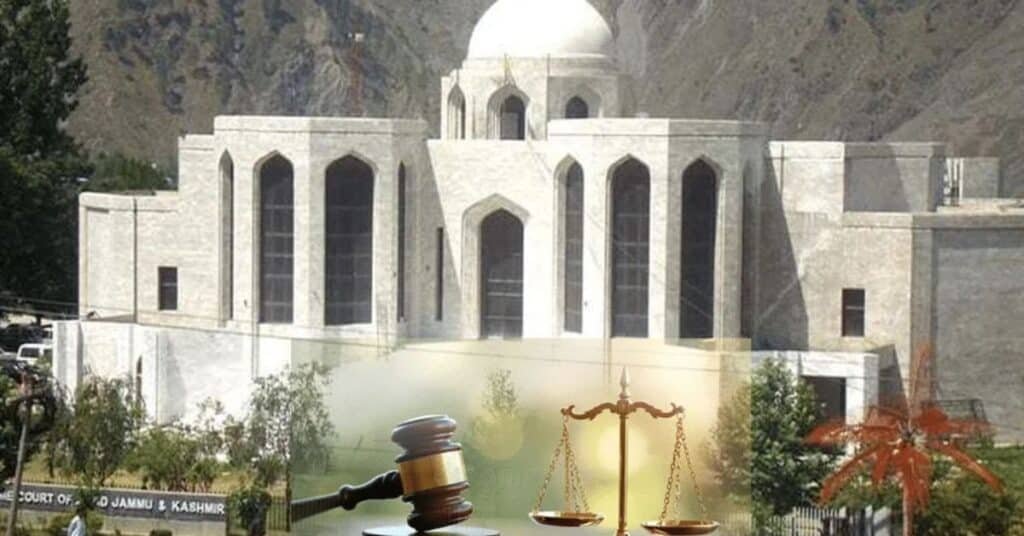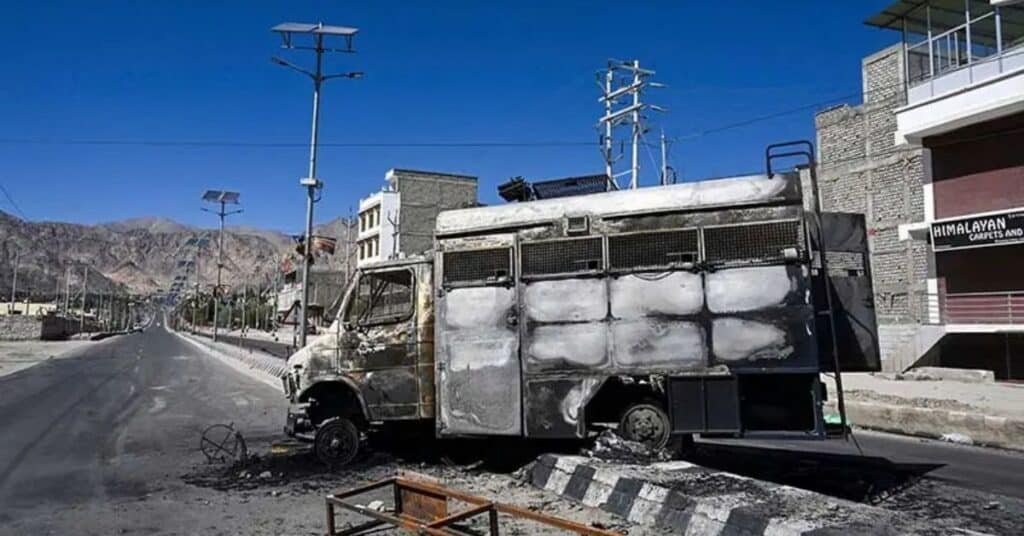By: Zulfiqar Ali, Shahzaib Afzal, Kashmir Investigation Team (KIT)
MUZAFFARABAD (Kashmir English): The 969-megawatt Neelum-Jhelum Hydropower Project (NJHPP) in Azad Jammu and Kashmir (AJK), built at a cost of Rs510 billion is completely shut since May 1 last year due to faults in both of its headrace tunnels with the experts estimating that repairs may take several more months.
On March 21, the Ministry of Water Resources of Pakistan submitted a written reply to the National Assembly stating that, as of now, the closure of NJHPP has caused a loss of approximately 33 billion rupees in energy production.
The reply also mentioned that based on initial inspections and assessments, about 2.5 kilometers of concrete lining would need to be rebuilt in the collapsed areas, along with other repairs in affected sections, which could cost around 21.7 billion rupees.
It was also stated that the cost could change based on further technical investigations, recommendations by independent expert panels, and project consultants.
In a meeting chaired by Planning Minister Ahsan Iqbal in November last year, international consultant James Stevenson stated that if the headrace tunnel (HRT) were to be entirely rebuilt, it would cost over 222 billion rupees and take several years. However, faults have been identified between 13 and 16 kilometers within the tunnel, which can be accessed through horizontal pathways (adits).
The damaged section will need to be reinforced using concrete lining, which would take about eight months and cost roughly 23 billion rupees. Mr. Stevenson said that this solution is not only feasible but also technically and economically suitable.
Previously, in July 2022, the project was shut down for 13 months due to a fault in the tailrace tunnel (TRT), and it resumed operation in August 2023. The repair of the 5.3-kilometer-long tailrace tunnel had cost about 6 billion rupees. During that shutdown, there was an estimated energy production loss of 37 billion rupees. WAPDA submitted insurance claims worth approximately 43 billion rupees for the damages.
The construction of the project began in 2010, and it became operational in April 2018. Before the current shutdown, NJHPP occasionally generated up to 1,040 megawatts of electricity, although its official capacity is 969 MW. According to WAPDA, the project supplied 5 billion electricity units annually to the national grid, with each unit valued at around 10 rupees. From 2018 until its second shutdown, the project generated over 20 billion units of electricity.
Initially, in 1983, WAPDA launched the Neelum-Jhelum Hydropower Project as the “Neelum-Jhelum Kohala Hydel Complex” to generate 500 MW of electricity by diverting the Neelum River 20 kilometers upstream of the Jhelum River. In a second phase, the project aimed to generate 1,000 MW by diverting both rivers through a 10-kilometer tunnel.
The feasibility study was completed in 1987. According to the Auditor General’s report, the original PC-I was approved by ECNEC on December 31, 1989, with an estimated cost of 15 billion rupees and a planned completion time of 90 months (7.5 years).
However, due to delays in hiring foreign consultants, the agreement for feasibility and detailed design was signed with M/s Norconsult on November 23, 1994—five years later. Though the PC-I required the hiring to be completed within six months, it took five years, increasing the cost from 15 billion rupees (1989) to 84 billion rupees (2002), inflicting a 69 billion rupee loss on the national treasury.
Later, in October 1997, WAPDA, with the help of M/s Norconsult, prepared revised designs and documents, transforming the project from 500 MW to 969 MW and renaming it the Neelum-Jhelum Hydropower Project. ECNEC approved the 84 billion rupee PC-I in 2002, but work could not begin until 2005.
The 2005 earthquake affected the project site, and although design changes were needed, they were initially ignored. In 2007, a contract was signed with M/s CGGC-CCMJV based on pre-earthquake designs, and the project was supposed to be completed by 2015. A joint venture of five local and international firms, Neelum-Jhelum Consultants (NJC), was hired to review designs and monitor construction.
Due to a lack of funding and electricity, the project faced further delays. Tunnel boring machines (TBMs) were introduced in 2010 instead of the conventional drill-and-blast method. In 2013, ECNEC approved a revised PC-I worth 272 billion rupees, aiming for completion by November 2016. By 2015, a third revised PC-I worth 404 billion rupees was approved, still targeting November 2016. Ultimately, the project was completed in April 2018 for 510 billion rupees.
The Auditor General’s 2016–17 report revealed that the project exceeded initial estimates by 389 billion rupees and took 21 years to complete. Instead of the planned 404 billion, it cost 510 billion rupees, an excess of 495 billion rupees, and was completed two years late. The report stated that due to a six-year delay, the nation suffered a loss of 237 billion rupees, primarily due to poor planning, lack of funds, and execution delays.
Further losses included:
- 144.7 billion rupees in PSDP funds not released
- Contracts worth 90.9 billion rupees awarded without consultant appointments
- 48.8 billion rupees lost due to suspension of foreign loans for not securing performance guarantees
- 1.75 billion rupees paid to contractors without justification after a rock burst incident, which caused a 7-month halt and a 30 billion rupee loss
- Questions about the use and cost transparency of TBMs, which failed to ensure timely completion
- 16 billion rupees in losses due to poor consultant performance
- 10 billion rupees in damages not recovered from contractors who delayed work
- Annual recurring losses of 5.15 billion rupees due to water rights issues
- 380 million rupees lost due to unauthorized use of 27 vehicles
- 114.8 million rupees in compensation due to delayed payments caused by lack of funds
A significant concern is that the NJHPP is built near a fault line. A geologist from Azad Kashmir noted that the project’s tunnel originates from Noseiri and passes through a fault line. Post-2005 earthquake, mountains around Muzaffarabad have weakened, making the project vulnerable to future earthquakes or floods. The dam has one side made of concrete and the other of rock, increasing risk during extreme weather events.
The expert questioned why a detailed geological survey wasn’t conducted before construction. They also highlighted design flaws and noted that inadequate geophysical and seismic considerations contributed to the 2022 fault in the tailrace tunnel. Consultant James Stevenson also recommended reinforcing the affected headrace tunnel section with concrete lining, considering it the most viable and economical solution.




